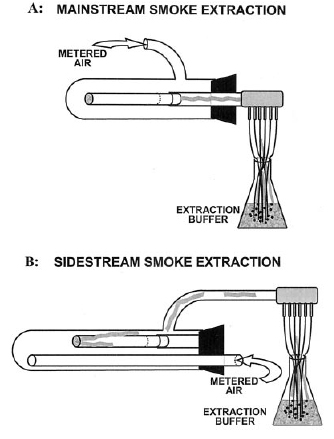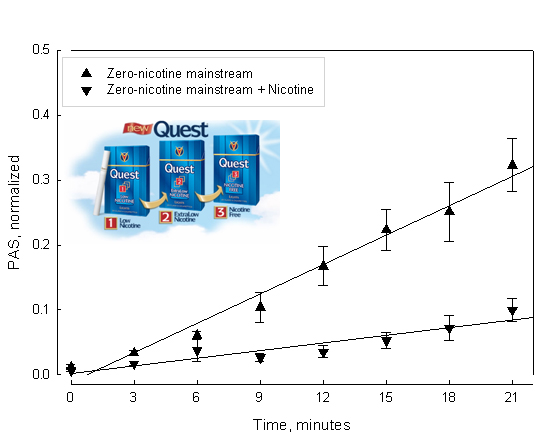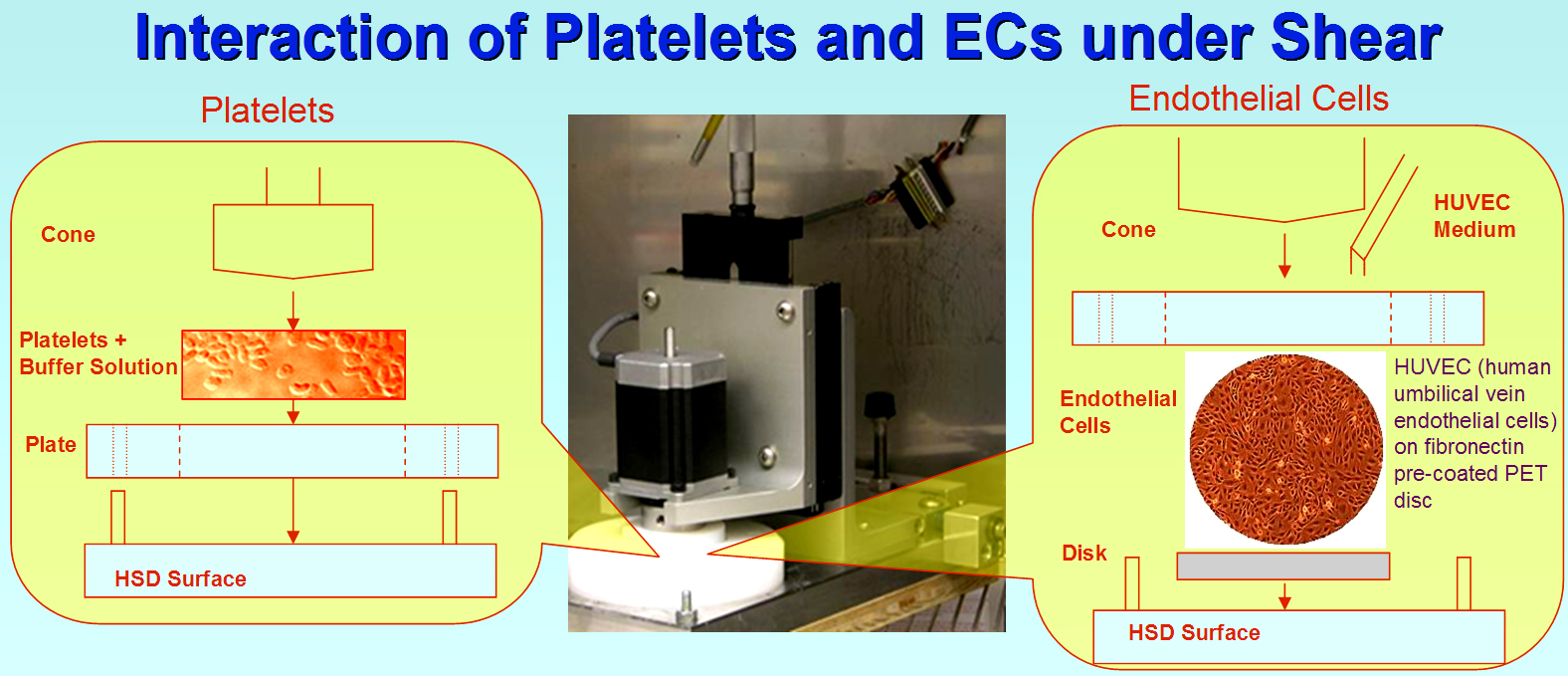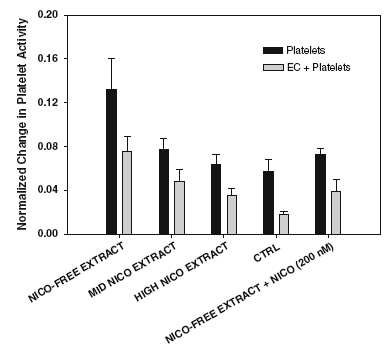Cigarette smoke has been recognized as a primary risk factor for the onset of certain cardiovascular diseases and their progression. Specifically, the risks of acquiring coronary heart disease and peripheral vascular disease are increased greatly due to exposure to cigarette smoke. It has also been demonstrated that cigarette smoke increases platelet thrombus formation in patients with coronary artery disease. Platelet function is greatly enhanced in smokers, leading to excessive platelet-dependent thrombin generation, and thereby placing them at increased thrombotic risk. The risks associated with cigarette smoke are not confined to smokers alone, as nonsmokers who are exposed to the same by means of environmental tobacco smoke (ETS), or secondhand smoke (SHS) (smoke obtained mainly from the smoldering end of the cigarette, a.k.a Sidestream) also show a high thrombogenic potential.
In this study, the prothrombotic properties of platelets exposed to cigarette-smoke extracts of both mainstream and sidestream type were examined, and the importance of platelet activation by these agents when exposed to flow conditions that mimic the stresses that may be encountered under normal arterial flow were described. A key focus of this study was to establish the differences between "light" (low-tar) and normal (high-tar) cigarettes. The former dilute the inhaled (mainstream) smoke with air that enters the filter through side holes and bypasses the burning tobacco. As long as these are not blocked and as long as the puff volume remains constant, these cigarettes deliver less smoke per puff.
The second part of this study was devoted to discriminate between the nicotine-dependent and non-nicotine-dependent effects of tobacco smoke on platelets. The general role of platelets in cardiovascular disease associated with smoking is reasonably well established, but the role of nicotine in smoking-related cardiovascular disease has not been demonstrated. It has sometimes been tacitly assumed that the various deleterious effects of tobacco smoke are mainly caused by nicotine, but in the case of platelets there is no evidence to support this assumption, and the effects of nicotine on platelets remain unclear. In this study, the thrombogenic properties of platelets exposed to mainstream and sidestream smoke extracts from low-nicotine and zero-nicotine cigarettes under flow conditions that approximately mimic normal vascular blood flow were measured, and the effect(s) of adding nicotine to the zero-nicotine smoke extracts were determined.
The third part of this study was concerned with determining the risks associated with exposure to secondhand smoke produced by high-tar/high-nicotine, low-nicotine and zero-nicotine, and, low-tar cigarettes in individuals exposed to cigarette smoke produced by a smoking machine.



